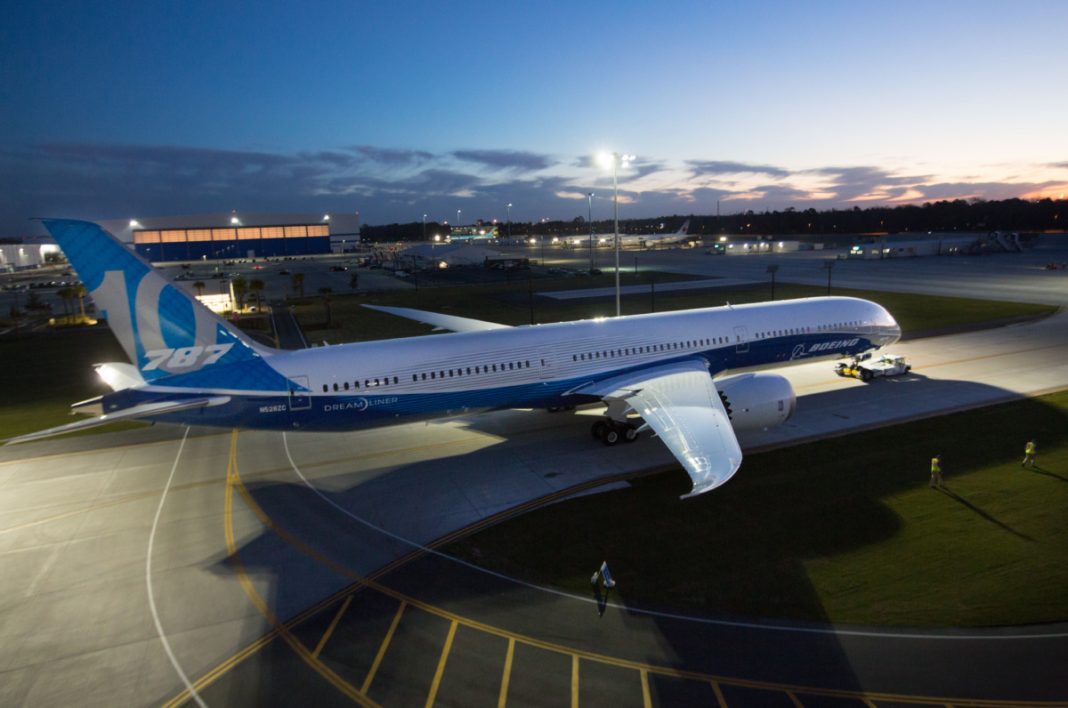We know them all as the Dreamliner, the aircraft that basically kicked off the current generation of air travel, building upon the twin-engine long-range revolution. While delays and massive budget underestimates bogged down the initial production, the Dreamliner has gone on to become one of the most popular jets with airlines. But just what are the significant differences between its three versions; the 787-8, the 787-9, and the 787-10?

The longer -10 replaced the smaller -3
Boeing envisioned three models right from the start of the 787, or, as it was known at first, the 7E7, program. (The E represented the leap the aircraft would make in efficiency, economy, and environmental standards.) However, they were then called the -3, -8, and -9. The -8 would be the standard, the -9 a stretched version, and the -3, unsurprisingly, a shorter variant.
As we know, that classification did not come to pass. The -3 was meant for the Japanese short-range domestic market and would have suited smaller point-to-point carriers. Meanwhile, airlines carrying large amounts of passengers through hubs, such as Emirates, encouraged Boeing to instead make a model that was larger than it originally planned, and so the 787-10 took the place of its intended smaller sibling.
In the end, despite a tentative order for 40 in 2017, Emirates did not firm up a single one of the -10 but later opted for 30 of the 787-9 (although recent events have rendered the deal uncertain, at best). Instead, Singapore Airlines became the 787-10’s launch customer, taking delivery of the first of an order for 44 in March 2018.

General specs and orders
The 787-8 is with its 186 feet roughly the same size as its predecessor, the 767-300, which is 180. The 787-9 is 206 feet, and the 787-10 a whole 224 feet, making it 38 feet longer than the -8. In number of passengers, this translates to 242, 290, and 330 in a two-class configuration.
However, the distances for maximum range do not follow the same pattern. The 787-8 has a range of 8,460 miles, the 787-9 can fly 8,785 miles, but the 787-10 has the least range of the three with 7,400 miles.
This is quite probably the reason for the overwhelming popularity of the mid- or, perhaps Goldilocks-sized 787-9. Boeing has received 877 orders for the model. The smaller 787-8 has 374, and the larger 787-10 has 211 to date.
However, the 787-10 can take 13 pallets in the cargo hold. That is two more than the 787-9, and 4 more than the 787-8, something that could be a token solace to its proprietors given the current surge in airfreight prices.

While this makes no difference to the passengers in the cabin, who all enjoy the same lowe altitude pressurization, quieter cabin, LED lighting, and larger, electronically dimmed windows, the difference in size makes for a greater distance between the nose wheel and the main landing gear. For pilots, however, as Charlie Page from The Points Guy notes, this means they need to be extra careful when turning around on more narrow runways.
How many of the Dreamliner’s models have you flown on? Let us know in the comments.
[ad_2]
Source link



